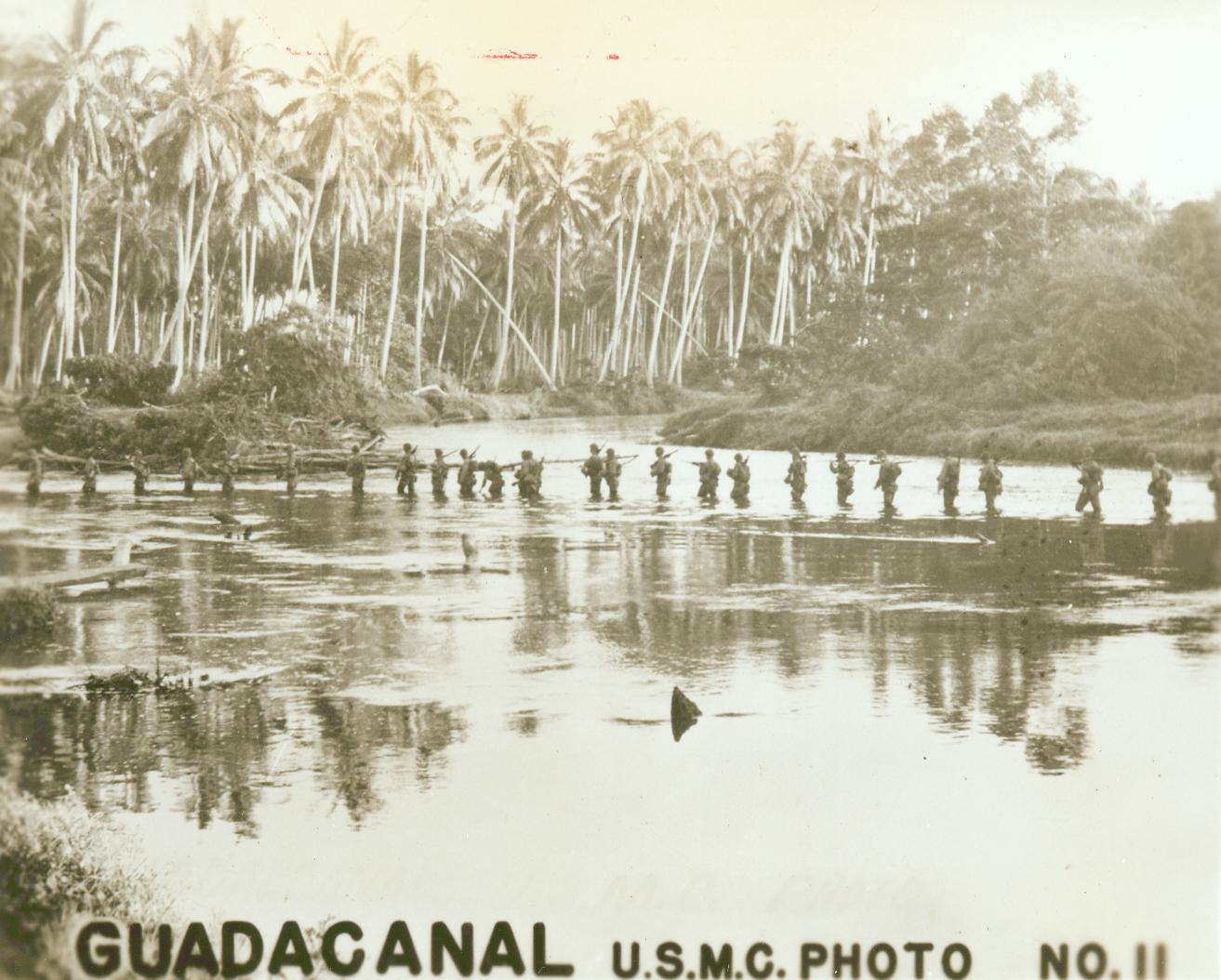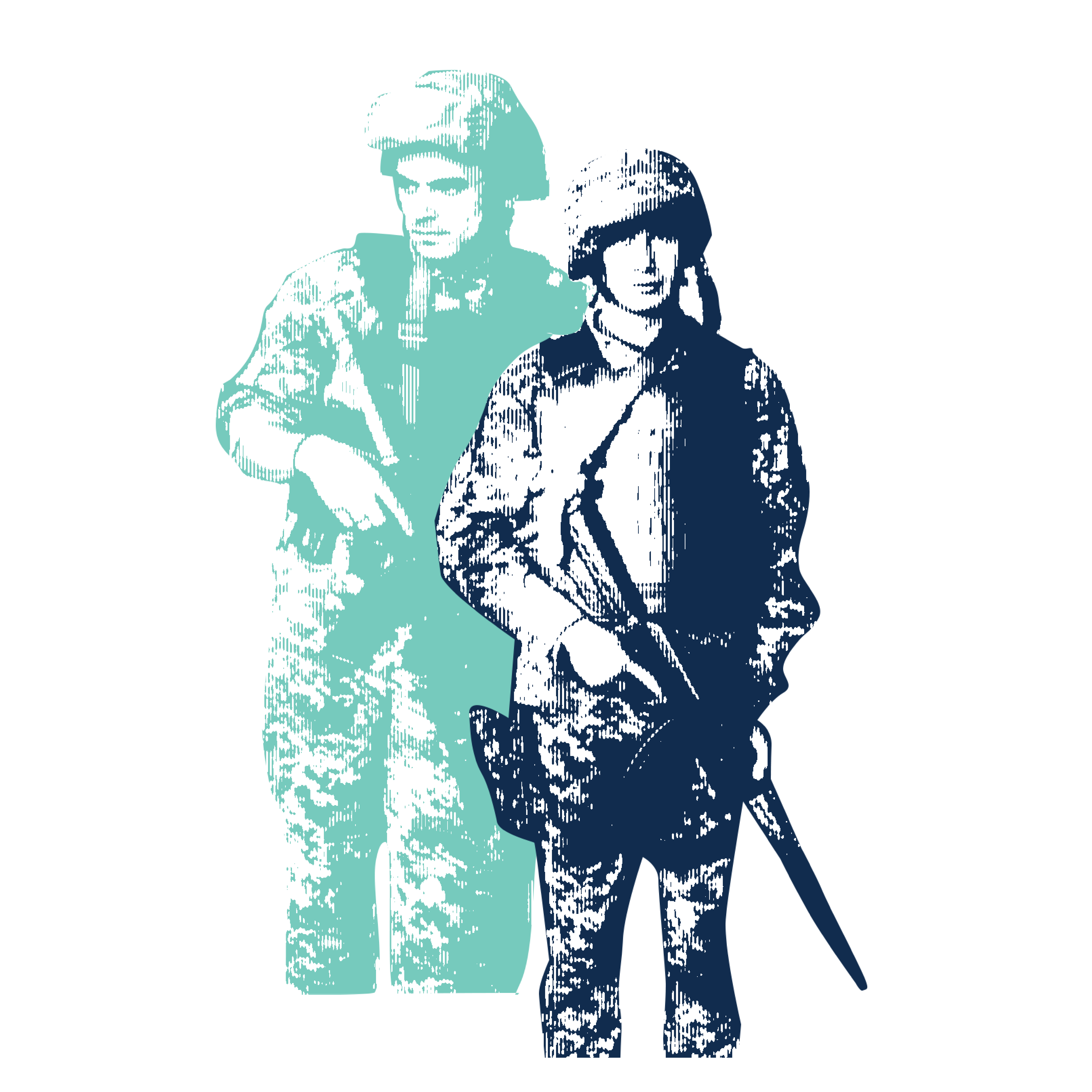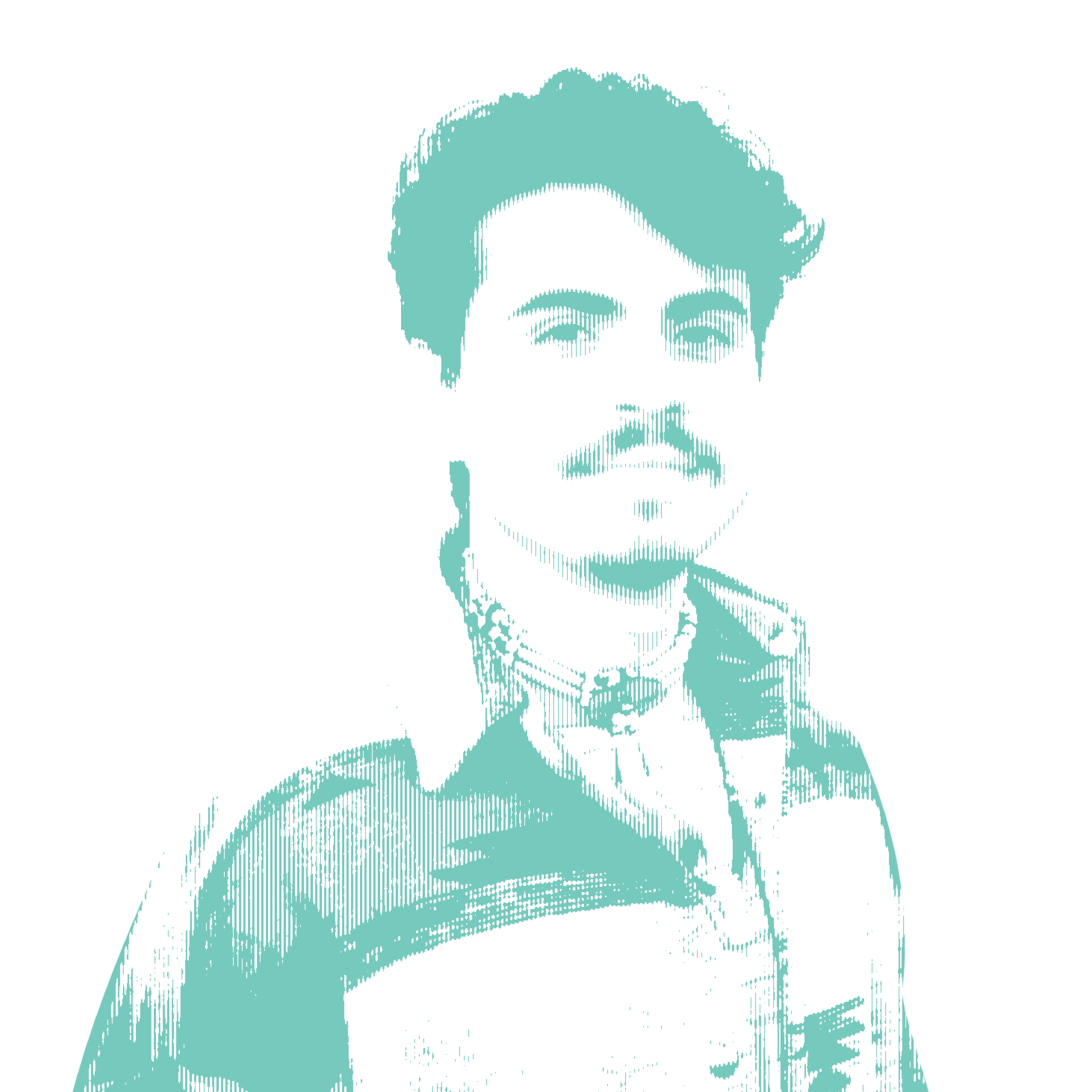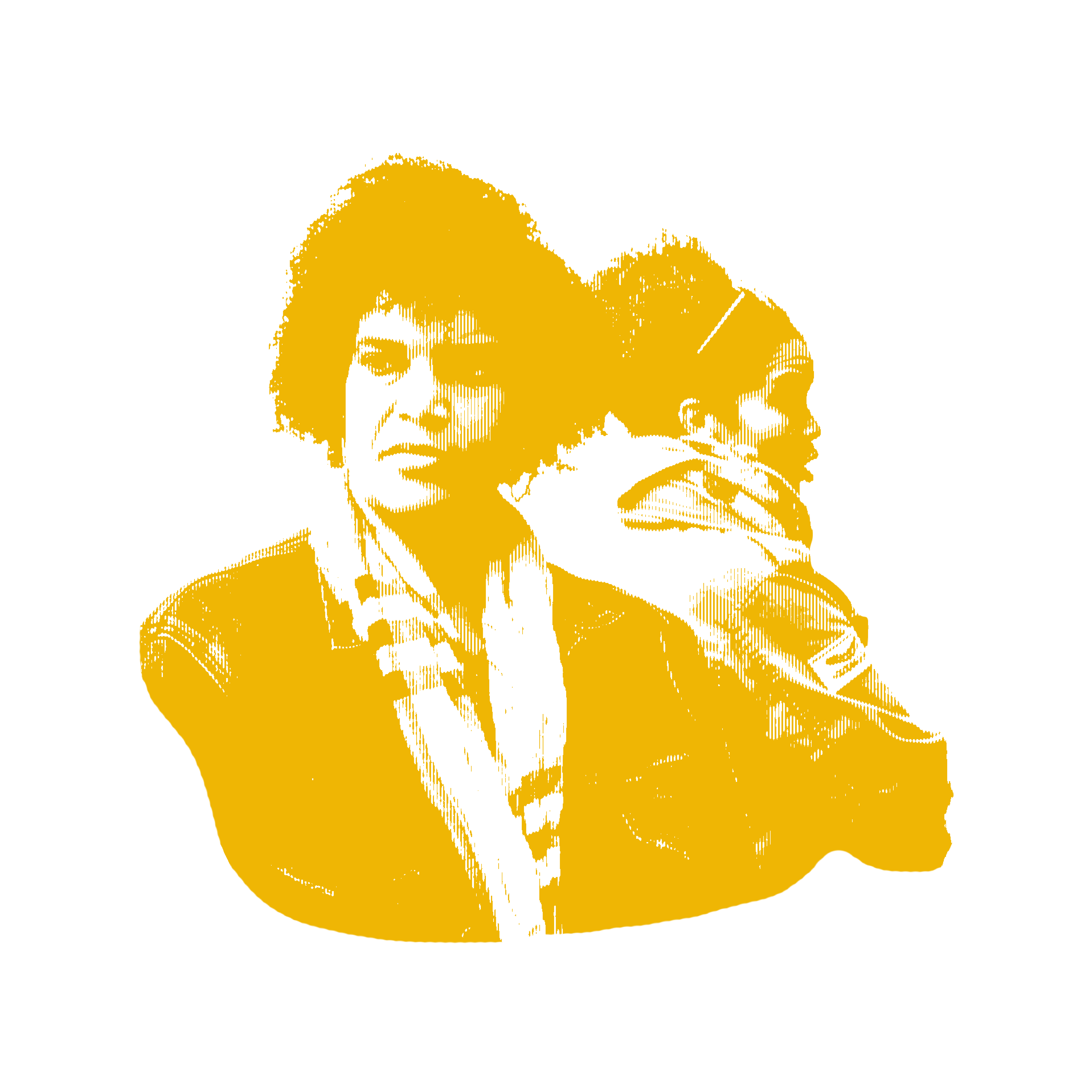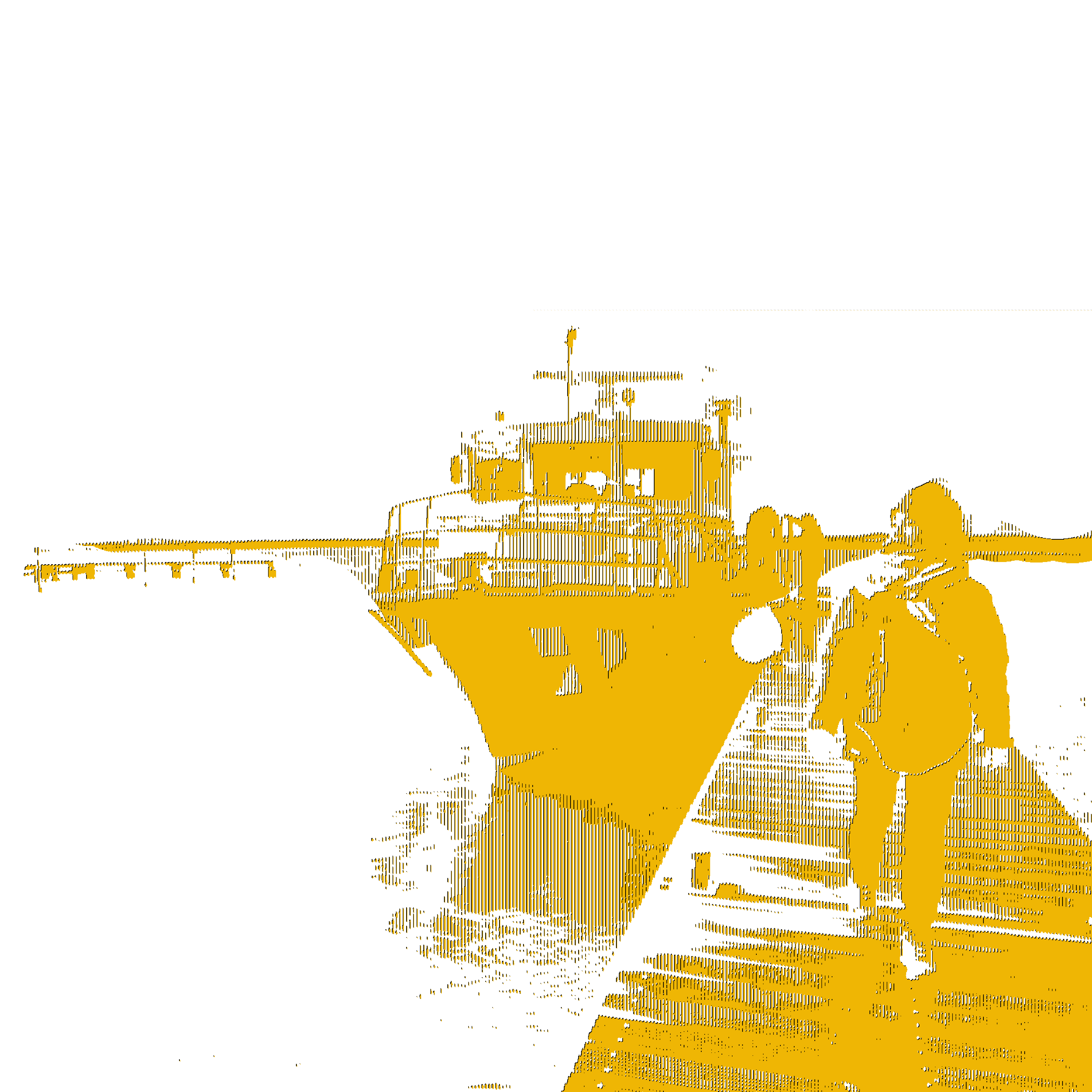I never really thought about the dangers of unexploded bombs in my country. I grew up seeing and even collecting unspent cartridges from World War II along ridges of my neighborhood in the Solomon Islands. That is until a bomb blast killed my younger cousin and his close friend last year in a suburb of Honiara.

As a nonprofit journalism organization, we depend on your support to fund more than 170 reporting projects every year on critical global and local issues. Donate any amount today to become a Pulitzer Center Champion and receive exclusive benefits!
I was shocked and horrified that such an accident would happen in the center of our capital city. It has been 80 years since the Battle of Guadalcanal raged on our shores. As time has passed, the risk of deadly UXO explosions has grown.
All the leftover bombs, grenades and other unexploded ordnance become more unstable each year. The explosions and deaths as a result are increasing around town. It is frightening to think that children too are being killed and maimed.
There’s no question about whether bombs lay waiting just below the surface, only how many and where. Awareness in schools and suburbs must be pushed so all Solomon Islanders know of this hidden danger around their homes and communities.
Who is responsible?
All Allies who fought in the Solomon Islands must ask this of themselves. Australia has been at the forefront of the work to clear the UXOs around Solomon Islands but what about those other locations in the country’s rural areas? This is the frightening aspect of the discussion.
We have a culture of slash and burn in our bushes, where women, men and children work side by side to make their food gardens all around our country. Is it not their right to know what is out there amongst their bushes and under their feet?
It is obvious that the issue of UXOs in the Solomon Islands and even in the Pacific is not the focus of attention for Japan, the United States and its Allies. But it should be.
In the Solomon Islands, experts estimate an average of 20 people die from UXOs each year.
As the population grows and the towns expand, the danger of these unexploded bombs lying in the undeveloped soil becomes more real for ordinary Solomon Islanders, as they dig the ground and try to make a living out of what they have. As airports, wharves and other big infrastructure are being built the danger increases in all parts of the country.
We have a culture of slash and burn in our bushes, where women, men and children work side by side to make their food gardens all around our country.
Which leaves our small number of trained UXO specialists strained to meet the growing threat.
As a Solomon Islander, I now cringe and mentally pull away when I see excavators digging up roadsides or other major construction happening around my city. The danger of hitting a UXO is high and if it went off, hundreds of innocent bystanders could be harmed.
As a victim lamented, “Who will help us, especially help us to provide for ourselves, with such injuries?”
This question comes to the core of the issue. Who takes care of those injured?
There is a lack of support systems for these people who must live with it for the rest of their lives. It’s a similar situation for the families of those who have lost a loved one in a UXO explosion. What happens when that person was the breadwinner?
There are so many stories to be told about these victims, but no one is really interested, especially now with the geopolitical debate focused on China and its growing influence in the Pacific, which includes a security agreement with the Solomon Islands.
The issue for debate now is, who is responsible? It has become a recurring question when it comes to dealing with UXOs here.
As the world celebrates 80 years since the landing of soldiers on Guadalcanal, it’s beyond time for Japan, the United States, Australia and others to decide how to deal with this ongoing disaster before more lives are lost.
The first thing the United States of America and its allies can do, is to do a national or even Pacific-wide mapping of all the hot spots. This is to make clear where UXO is located so awareness can be raised and everyone informed of the dangerous spots.
The universal right to live without fear and danger is also a right for all Solomon Islanders and Pacific Islanders.


